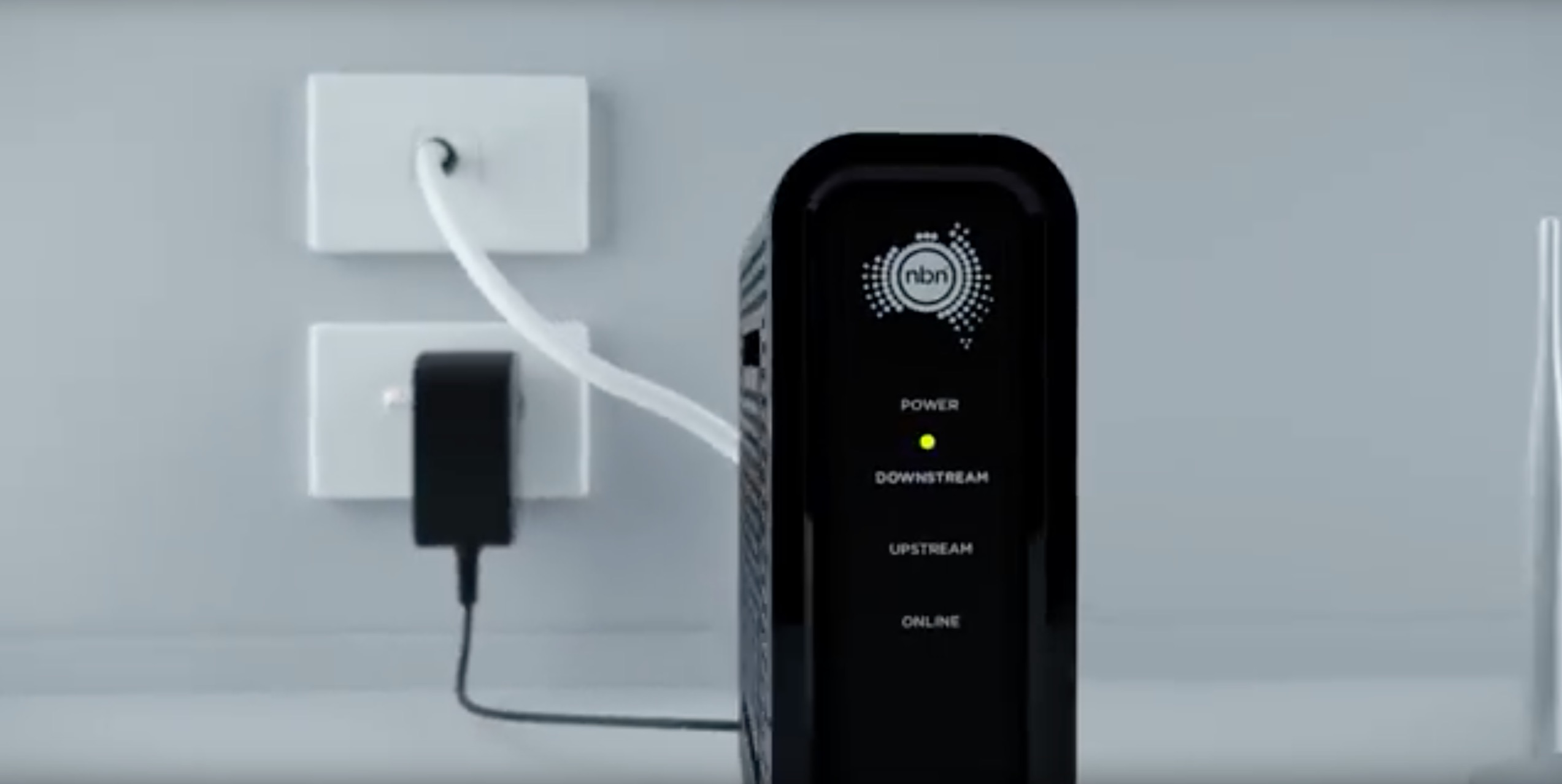Launtel boss Damian Ivereigh has savaged NBN’s hybrid-fibre coax access technology (more commonly just called HFC), calling it the network’s single most unreliable product.
That savagery is not without cause. While most people know that NBN’s Fibre to the Node product is far from ideal – and to be sure, it does have its own issues – even FTTN is considered by Launtel and other industry players to be preferable to HFC.
Not the least of which is because the government has announced an upgrade path from FTTN to full fibre to the premises … whereas HFC users have had no such luck.
If you’re an NBN HFC user, see if you’ve experienced any of the horrible list of woes below (taken from Launtel’s blog on the topic):
- The service drops out a lot, for some customers multiple times a day. The NTD lights start flashing and your service is down until it can resync with the HFC Node.
- The NTD needs to be plugged in and connected before an RSP can provision a service – this requires multiple contacts with the client to double check, get feedback on the lights etc. Even then, many provisioning attempts fail because apparently the signal levels are too low. This then requires an NBN technician to go out and install a new NTD. This can be on an NTD that had an active service just days previously.
- They did not bolt the NTD to the wall, like they did with FTTP and Fixed Wireless so it is common for tenants to take the old NTD with them when they leave a property. This NTD is useless to them because it won’t work at another address – so ends up in the trash. RSPs then have to get an NBN technician out to install a new one.
- There is currently a shortage of NBN NTD’s due to an upstream manufacturing issue (COVID-19 related), so NBN are “pacing out” the appointments in an attempt to manage their dwindling stock. The net result is appointments for a new or a replacement NTD is typically 2 to 3 months out. In fact it has become so bad that on many occasions there are no appointments available at all to be booked. RSPs have to escalate with NBN to get it resolved (2 to 3 days delay).
- NBN’s systems often show multiple NTD’s listed as being on site, however only one is really there. There is no way to line up which NTD is the real one – they don’t list any identifying feature in the NBN provisioning portal that RSPs can tie up with what the customer can see on the box itself (e.g. the MAC address). So RSPs and customers spend hours trying one NTD, failing and then having to try the other.
- RSPs often see packet loss on a service that appears to get worse and worse until eventually it stops – it’s suspected that NBN resets something in the node to fix it. Gives a whole new meaning to standard IT trick of rebooting your equipment to fix things.
- The HFC Nodes appear to have no battery backup, unlike FTTN. So when the power fails the entire area is out. RSPs have seen issues caused by faulty electrics (e.g. an RCD failure) that have taken 24 hours to get an electrician out to fix.
- The upload speed on HFC is woeful. This is not surprising given that it was designed for cable TV (i.e. broadcast signals moving down to the subscriber). Upload was added as an afterthought, easily gets congested and often struggles to even maintain the 40Mb upload that comes with the 100/40 speed. If you want to know why NBN is pushing the 100/20 speed (“Home Fast”), it is because of HFC – everything else can keep up.
- Because it is a broadcast medium – all the subscribers in an area are essentially connected together on a single coax cable – any issues with any one of the subscribers equipment (e.g. a faulty NTD putting noise on the cable) and it affects the entire segment, creating packet loss and dropouts. To make matters worse tracking down that faulty NTD is extremely hard to do remotely, requiring technicians to measure what is going on on the cable.
- Despite there being two physical ethernet ports on the NTD, NBN will only allow a single service at a time. Now this is not unique to HFC, it is the same with the other MTM technologies. This creates issues because RSPs are forced to do a service transfer (unlike FTTP & FW where they just activate the next port). This can cause customers to be offline for extended periods.
With this in mind, it’s hard to understand why – apart from political reasons – NBN Co is sinking more money into the aging and not-fit-for-purpose HFC networks.
Especially when it’s ridiculously expensive to upgrade it to a faster full-fibre connection.
Would you take the punt on an HFC NBN connection, or – if you had a choice – would you aim for something else instead?




